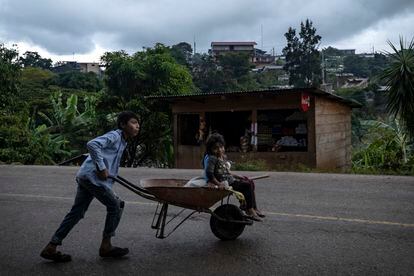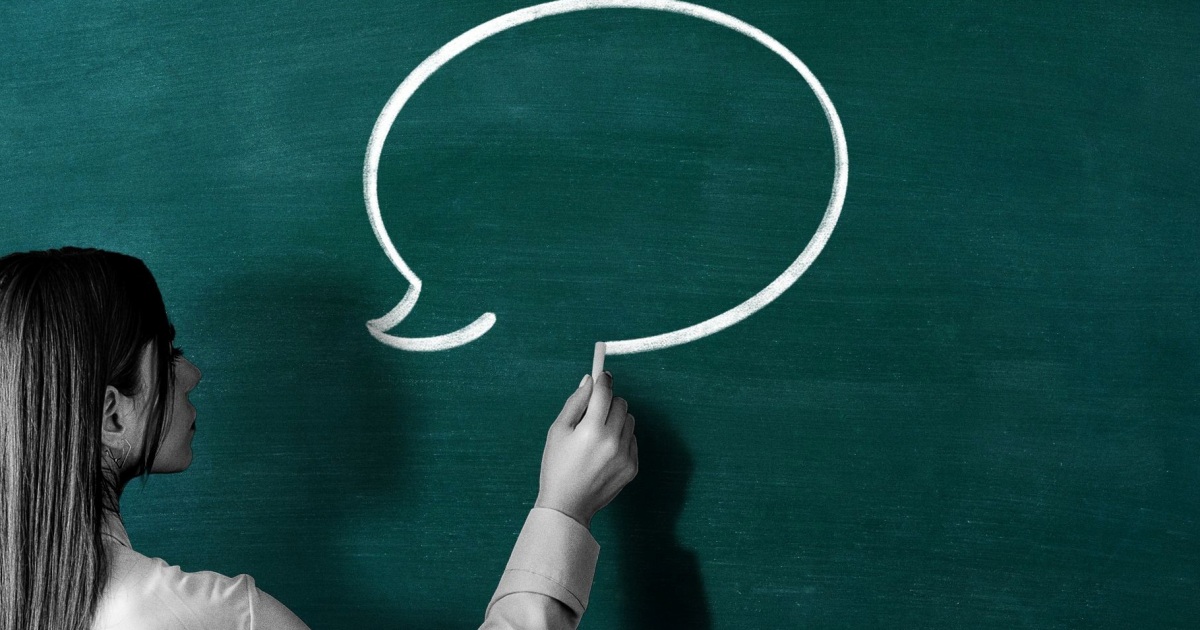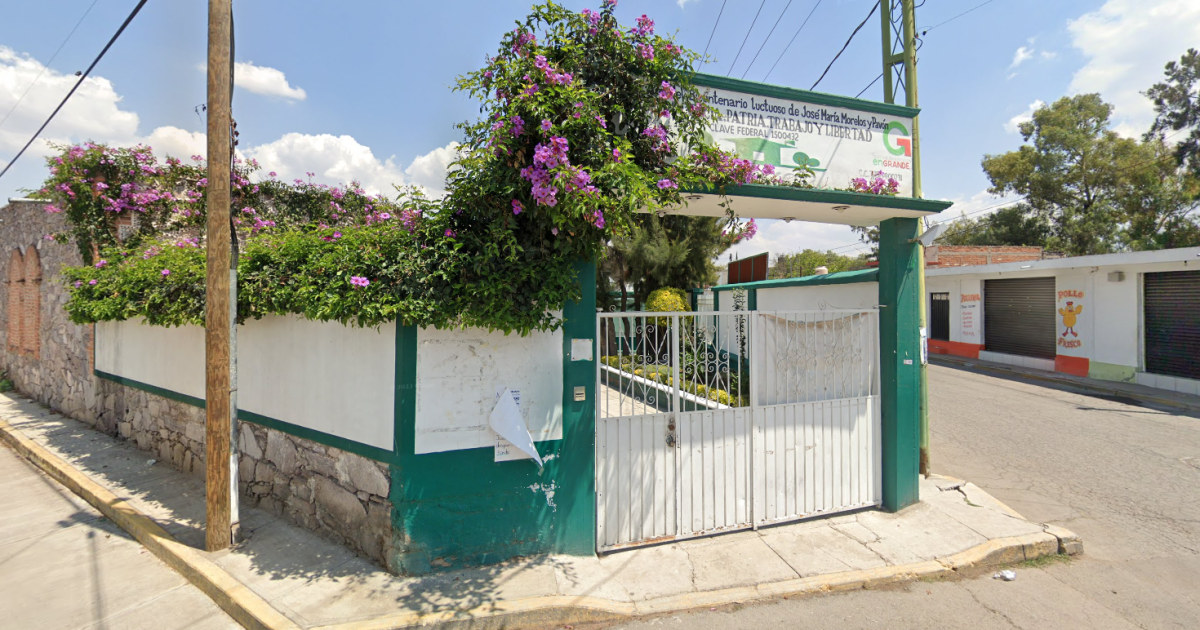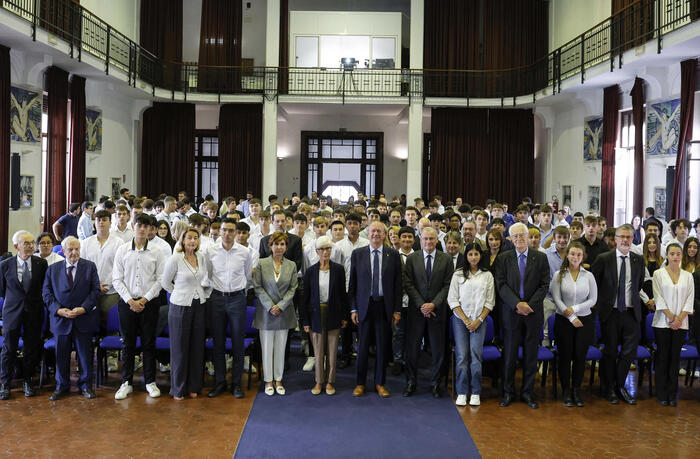A group of children play on the road to Ocosingo, Chiapas.
The coronavirus crisis has left millions of students out of schools.Nayeli Cruz
The coronavirus pandemic has left a new negative balance in Mexico.
The results of the Survey to Measure the Impact of covid-19 in the country, published this Tuesday by Inegi, reveals that more than five million students did not enroll in the current school year for reasons related to the crisis unleashed by the pandemic, which has left more than 198,000 dead.
The figures show a complex scenario in a country that already lagged behind in education and they occur at a time when the federal government is pressing for the opening of schools in the states in green within the epidemiological traffic light, designed by the health authorities .
In the current school year, 32.9 million students were enrolled, 60.6% of the population between the ages of 3 and 29, according to the study.
"For reasons associated with covid-19 or due to lack of money or resources, 5.2 million people (9.6% of the total from 3 to 29 years old) did not register for the 2020-2021 school year," says the institution in your report.
The results presented by the National Institute of Statistics and Geography (Inegi) confirm the most pessimistic scenarios of education experts, who feared high school dropouts after the closure of schools as a contingency measure due to the pandemic.
In addition to the millions of students who stayed out of classes in the current cycle, the survey shows that 1.8 million did not complete the previous school year (2019-2020), and that 58.9% of them argued some reason associated with the covid-19, while 8.9% assured that they left the classes due to lack of money or resources.
Of this number of students, 1.5 million correspond to public schools and 243,000 to private.
The Education authorities announced in August that the school year, which began on the 24th of that month, would be carried out with distance classes and television courses.
The Government signed an agreement with the large private television stations in the country (Televisa, Azteca, Grupo Multimedios and Grupo Imagen) to broadcast school content.
President Andrés Manuel López Obrador described the project as "historic": "We are pioneers, this is not being carried out in any country in the world," he said.
The Inegi survey shows that 26.6% of students said that one of the reasons associated with covid-19 for not enrolling in the school year is that "distance classes are not very functional for learning", while 25.3% indicated that one of their parents or guardians was left without work and 21.9% did not have a computer, other devices or internet connection.
Figures show that more than 16 million homes in Mexico are offline, indicating the digital divide that prevents millions of students from accessing educational content online.
School closures also represented an extra expense for families.
The study reveals that 28.6% of households with a population aged 3 to 29 that did enroll in the school year made an additional expense to buy smartphones so that students could follow the distance courses.
26.4% had to hire a fixed internet service and 20.9% purchased furniture "such as chairs, tables, desks or adequate space for the study."
However, 58.3% of those surveyed have assured that “they do not learn or learn less than in person” with studies from home, while 27% resent the lack of monitoring of student learning and a 24% have said that a problem is little technical capacity or pedagogical ability of parents or guardians to transmit knowledge.
Despite the fear generated by contagions, the study shows that "for all age groups, more than half of the students are very willing to attend face-to-face classes once the Government allows it," the group being 13 at 18 years of age, the one with the highest availability, with 64.1%.
Mexico will begin the return to face-to-face classes after Easter, in the State of Campeche, after a year of school closings.
The secretary of Public Education of the federal Government, Delfina Gómez, will meet this week with local and national education authorities to determine the return plan, with the start scheduled for April 13.
Unicef had urged the Government to open schools in regions where COVID-19 infections have decreased, after warning that the closure of educational centers will intensify the learning crisis that the country was already suffering before the health contingency.
“The 2018 results of the Planea standardized test show that 80% of elementary school students did not achieve the expected knowledge in mathematics, reading and writing.
In this year of non-face-to-face education, this is going to be exacerbated, gaps are opened and inequalities that already existed will increase, ”Astrid Hollander, head of Education at UNICEF Mexico, warned in an interview with EL PAÍS.
Subscribe here
to the
newsletter
of EL PAÍS México and receive all the informative keys of the current situation of this country





/cloudfront-eu-central-1.images.arcpublishing.com/prisa/GDO6WKTQ7RFXX2LM5LUOSIODT4.jpg)
/cloudfront-eu-central-1.images.arcpublishing.com/prisa/GSAG3AFDE5GZ7CR5RU42LT63UM.jpg)


